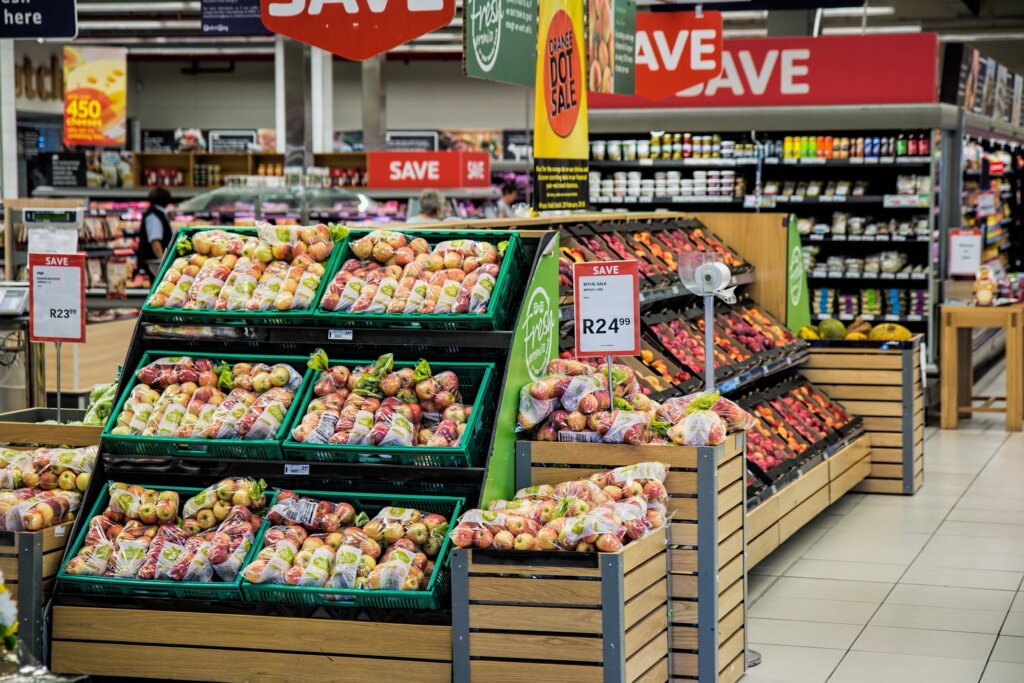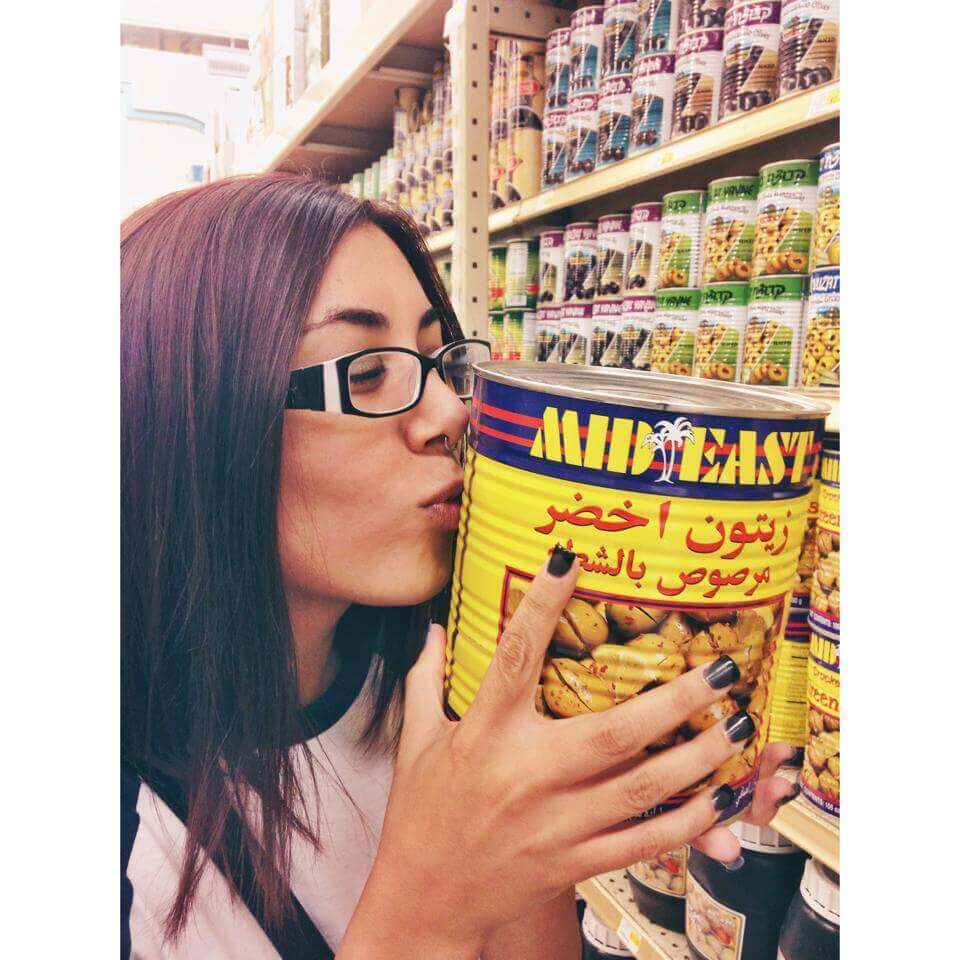Being Vegan on Food Stamps
While being on food stamps isn’t ideal, the truth is that life can get hard sometimes. Most of us have a time (or two or three … or 20) in our lives when we need to ask for help. Even while on a tight budget, such as while receiving food-stamp benefits, you can thrive on a healthy vegan diet that’s kind to animals and the planet. Check out this inspiring, firsthand account showing how.

Rachelle

I grew up in inner-city Detroit on an extremely meat- and dairy-heavy diet. My family was always on assistance, so as a child, I ate a lot of American cheese, hot dogs, canned tuna, and ground beef along with any concoctions my mom could make with those ingredients.
As a teenager, after watching “Meet Your Meat” and realizing what animals killed for food endure—and coming to the conclusion that I was a giant hypocrite for caring about some animals but not others—I decided to go vegetarian. Because my family didn’t have much money, I had to stick to the basics, and I used my mom’s Bridge card to do most of my own shopping. At first, I mostly ate tacos (because who doesn’t like tacos?). After a year or so of being vegetarian, I decided to go vegan.
Around this time, my dad died and my mom and I lost our house. It’s hard to look back on now, but we were dirt-poor. As my mom and I struggled more and more—sometimes living without running water for weeks at a time in a tiny trailer—I had to make a decision. Life was so hard. Would I give up on my ethics to make things a little easier? I decided that I couldn’t. We lived in a food desert at the time—the nearest place to get produce or groceries was a liquor store—but I was determined to make it work, because to me, there was no other choice. I survived on bananas, frozen veggies, boxed rice, canned beans, and canned potatoes. After I moved out at 17, I realized that I had to make do with even less on my own.
Major grocery store chains were hard to come by in Detroit, but tons of Middle Eastern and Indian grocery stores—places that had a lot of cheap produce and vegan options—were popping up in the surrounding areas. I didn’t have a car, so I bummed a ride with friends or walked to these places after my part-time shifts at Starbucks. At Indian grocery stores, I’d pick up canned tomatoes and beans, fresh produce, and spice packets to make dishes like chana masala and aloo gobi. These are all super-affordable, and the best part was that I could make huge batches that would last a week! Sometimes I’d make it to a chain grocery store or health food store that accepted the Bridge card and splurge on veggie burgers or tempeh bacon, but most of the time, I ate tofu scrambles, various Indian dishes, frozen burritos with salsa, or canned beans and potatoes. When my friends and I would eat out, it was always at Taco Bell—which was as easy to veganize then as it is now! Bean burritos = life.
The funny thing about this time in my life is that I remember staying so positive. And my lifestyle really influenced others. At work when I’d eat my modest lunch in the breakroom, coworkers would ask me what it was and how it tasted—in awe that vegan food was real and even appetizing. In fact, after weeks of chatting with them about my veggie burgers or pasta with vegan sauce, several of them started eating vegan themselves!
To me, going back to eating meat, eggs, and dairy because I didn’t have a lot of resources wasn’t really an option. The animal agriculture industry is cruel, and the way it markets to poor people who don’t realize they deserve better is criminal. I never wanted another cent of my hard-earned money—or any of our meager Bridge resources—to fund an industry that I hated so much. Being vegan is a social justice issue that became essential to my being. I truly believe that being poor and going through traumatic times should make us more empathetic and compassionate, not less so. When you’re poor, you feel alone, like no one is looking out for you and the world is caving in on you. For animals, that’s not just a feeling—it’s reality. Animals’ dignity is stolen from them, and they live through nightmares we can barely imagine. We must fight against all inequality to make the world a kinder place for human and nonhuman animals alike.
Here’s a little about me and my life as a vegan in Detroit.
- Program: MI Bridges
- Typical grocery haul: Canned beans, fresh veggies, tofu, spices, pasta, pasta sauce, rice, frozen veggies, and taco shells and seasoning
- Fave place to shop: Indian or Middle Eastern grocery stores
- Fave breakfast: Cereal with soy milk
- Fave lunch: Pasta
- Fave snack: Hummus and pretzels
- Fave dinner: Beans with Indian spices over rice
- Fave dessert: Vegan ice cream
Looking for more resources about being vegan on a budget? Check out our page on affordable vegan options and recipes.
Text peta2 to 30933 for ways to help animals, tips on compassionate living, and more!

Terms for automated texts/calls from peta2: http://peta.vg/txt. Text STOP to end, HELP for more info. Msg/data rates may apply. U.S. only.




